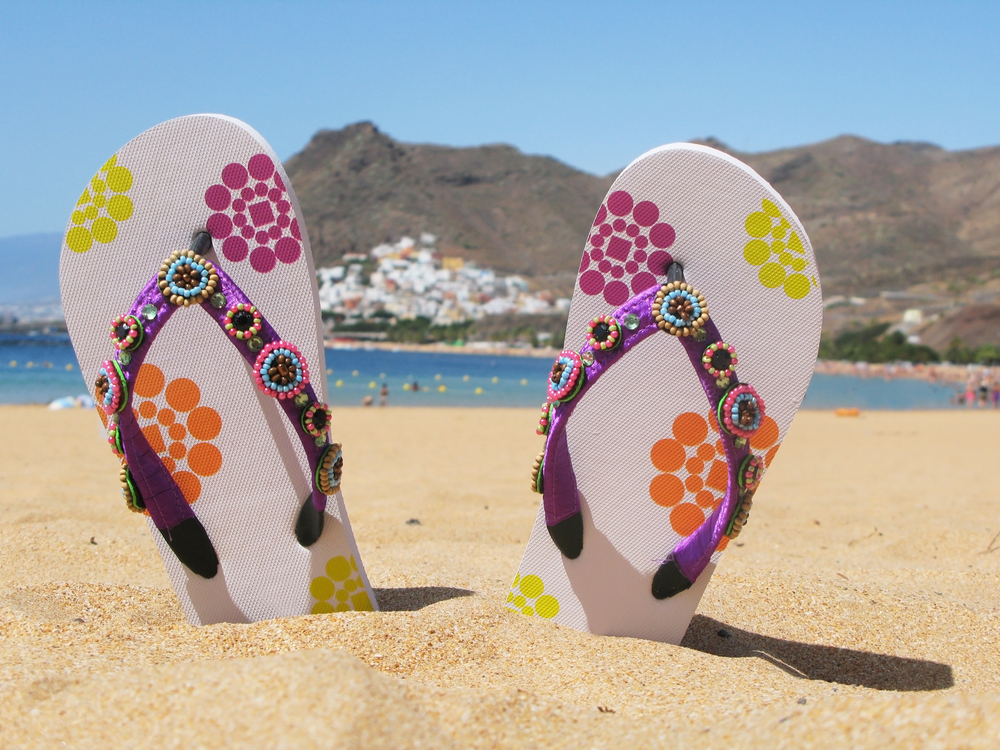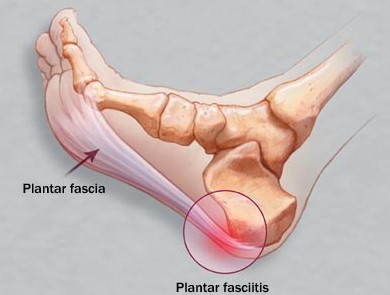“Heel” the pain of choosing a good summer shoe with our ‘summer shoe guide’
EASTERN FOOT CARE PODIATRIST SARAH BOWLING DISCUSSES SUMMER FOOTWEAR CHOICES

Summer is just around the corner and many of our patients are starting to banish the loafers, winter boots and runners to the back of the wardrobe and replace them with ballet flats, strappy sandals and thongs. The previously more supportive footwear choices have been discarded for flexible, unsupportive shoe gear that tends to increase the risk of plantar heel pain (plantar fasciitis, sometimes referred to as “heel spur syndrome”).
Generally, when heel pain from incorrect footwear begins it is an acute inflammatory condition that has occurred in a short space of time. The pain is often a sharp, stabbing, burning sensation noticed immediately after you swing your legs out of bed in the morning and put the feet to the floor. There may be a 15 minute period of severe hobbling until the ‘feet warm up’.
Heel pain may also occur after extended periods of sitting at the office work desk and then getting up. This sharp, stabbing pain right through the heel is typically from Plantar Fasciitis.
The plantar fascia is a thick fibrous band of connective tissue that runs from the heel of the foot to the base of the toes and supports the medial longitudinal arch. With overuse this structure becomes swollen, inflamed, thickened and irritated.
Although there are many other contributing factors to the development of Plantar Fasciitis, lack of support from unsupportive footwear is a big one and very easy to modify as a first line treatment.
Choosing the right summer shoe can be difficult so here are some tips:
– Avoid high heels. Height should be maximum 1 inch
– By the same token avoid flat shoes
– Buy shoes at end of the day when feet are hotter and swollen
– Wear in new shoes slowly. Maybe around the house first or on short journeys
– Check for irritating stitches/seams in the inside of the shoe that may rub and cause blisters
– Having an ankle collar which works as cushioning around the Achilles tendon will be more comfortable
– The sole of the shoe should resist twisting. You should not be able to fold the shoe in half
– An adjustable strap is good to fit the foot each day
– Seek a firm heel counter for support and to stabilise the foot
– Arch support will help shock absorption and give comfort
– Removable innersole so that if you do wear orthotics they can be used in the summer shoe
– Match the shoe width with the foot width. If the shoe is too narrow it can aggravate bunions and cause blisters and pain
– Look for non slip rubberised soles that are also shock absorbing
Shoes that can give you heel pain, blisters and calluses when worn for a long duration include:
– High heels
– Strappy sandals
– Thongs
– Ballet flats
– Ill fitting shoes
These types of shoes also often account for stubbed toes, wounds, dry, cracked heel and fissures that can lead to infection too.
There is not one shoe that is the best fit for everybody. It will depend on your activity level, and your foot type.
For example do you have a high arch? Or flat feet? The structure of the foot must also be considered. For example is there a bunion? Or are the toes very clawed?
From each phase of heel contact to midstance then toe off the shoe should be supporting the foot, shock absorbing and comfortable. Rest and support with good footwear should be your first line action for heel pain.
If you or somebody you know is suffering from heel pain or for general footwear advice the expert Podiatrists at Eastern Foot Care Podiatry Ringwood and Eastern Foot Care Podiatry Knox can help!
To make an appointment contact our friendly staff at:
Eastern Foot Care Ringwood
27 Wantirna Rd, RINGWOOD
Ph: (03) 9870 1301
Eastern Foot Care Knox
5a/426 Burwood Hwy, WANTIRNA SOUTH (Knox)
Ph: (03) 9887 2233